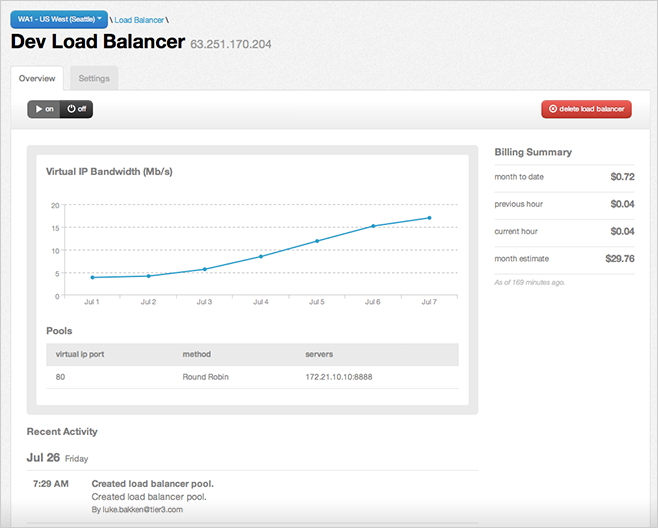Internet Load Balancing Software
Cloud Service Providers (CSPs) and Enterprises that are deploying Software Defined Networking (SDN) in Windows Server 2016 Technical Preview can use Software Load Balancing (SLB) to evenly distribute tenant and tenant customer network traffic among virtual network resources. The Windows Server SLB enables multiple servers to host the same workload, providing high availability and scalability. Windows Server SLB includes the following capabilities. • Layer 4 (L4) load balancing services for “North-South” and “East-West” TCP/UDP traffic. • Public and Internal network traffic load balancing. • Supports dynamic IP addresses (DIPs) on virtual Local Area Networks (VLANs) and on virtual networks that you create by using Hyper-V Network Virtualization.
• Health probe support. • Ready for cloud scale, including scale-out capability, and scale up capability for multiplexers and Host Agents. For more information, see in this topic. Descargar Musica De Karaoke Gratis En Espanol Para Dvd. Note Multitenancy for VLANs is not supported by Network Controller, however you can use VLANs with SLB for service provider managed workloads, such as the datacenter infrastructure and high density Web servers. Using Windows Server SLB, you can scale out your load balancing capabilities using SLB VMs on the same Hyper-V compute servers that you use for your other VM workloads. Because of this, SLB supports the rapid creation and deletion of load balancing endpoints that is required for CSP operations. In addition, Windows Server SLB supports tens of gigabytes per cluster, provides a simple provisioning model, and is easy to scale out and in.
Internet Load Balancing Software for Dynamic Inbound and Outbound Traffic for the Highest Levels of Reliability and Redundancy of WAN Connections, Network Load.

How SLB works SLB works by mapping virtual IP addresses (VIPs) to dynamic IP addresses (DIPs) that are part of a cloud service set of resources in the datacenter. VIPs are single IP addresses that provide public access to a pool of load balanced VMs. For example, VIPs are IP addresses that are exposed on the Internet so that tenants and tenant customers can connect to tenant resources in the cloud datacenter. DIPs are the IP addresses of the member VMs of a load balanced pool behind the VIP.